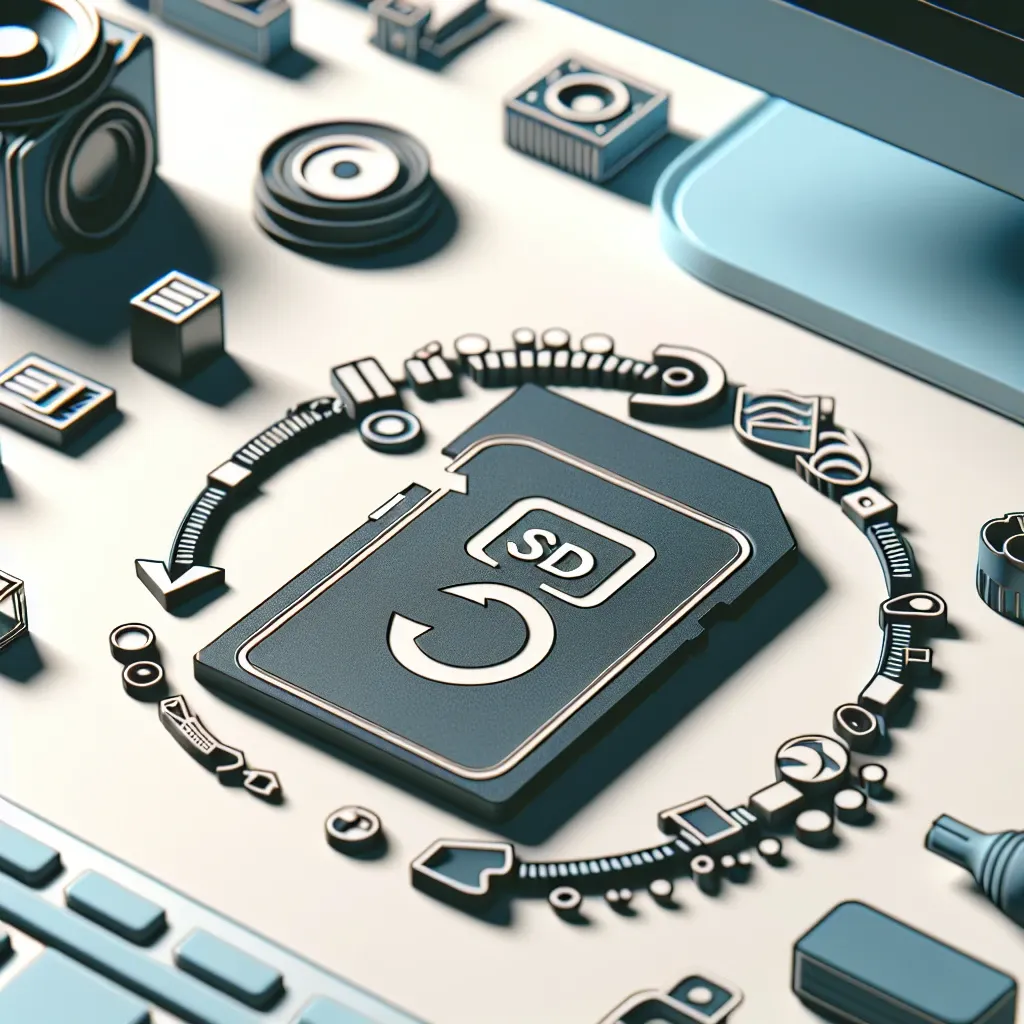SD memory cards are widely used for storing data in cameras, smartphones, tablets, and other portable devices. Over time, you may need to format and clear an SD card to free up space, fix errors, or prepare it for a new use. This guide will walk you through the essentials of formatting and clearing an SD memory card securely and effectively.
Why Format and Clear an SD Memory Card?
Formatting an SD card can resolve several issues, such as:
- Corrupted Files: Remove any damaged or unreadable files.
- Full Storage: Free up space by removing all data.
- Device Specific: Make the card compatible with a new device.
- Performance Optimization: Improve the card’s speed and performance.
Understanding Different File Systems
Before formatting your SD card, it’s important to understand the different file systems available. Here’s a quick overview:
| File System | Description | Best For |
|---|---|---|
| FAT32 | Universal file system; compatible with most devices. | SD cards up to 32GB. |
| exFAT | Extended file allocation table; supports larger files and volumes. | SD cards above 32GB. |
| NTFS | Advanced file system with security and file compression features. | Use with Windows systems. |
Steps to Format and Clear an SD Memory Card
Using a Windows Computer
- Insert the SD Card: Place the SD card into the SD card slot or use an SD card reader.
- Open File Explorer: Press Win + E to open File Explorer.
- Locate the SD Card: Find the SD card under ‘This PC’ or ‘My Computer’.
- Right-Click and Select Format: Right-click on the SD card and choose the ‘Format’ option.
- Select File System: Choose the file system (FAT32, exFAT, NTFS) based on your need.
- Start Format: Click ‘Start’ to begin the formatting process. Wait until it completes.
Using a Mac Computer
- Insert the SD Card: Place the SD card into your Mac’s SD card slot or use a card reader.
- Open Disk Utility: Go to Applications > Utilities > Disk Utility.
- Select the SD Card: Choose the SD card from the list on the left.
- Click Erase: Click the ‘Erase’ button at the top.
- Select Format: From the drop-down menu, choose the desired file system (MS-DOS FAT for FAT32, ExFAT for exFAT).
- Erase and Format: Click ‘Erase’ to format the SD card. Wait until the process is finished.
Using a Smartphone or Tablet
- Insert the SD Card: Place the SD card into your device’s SD card slot.
- Open Settings: Go to the ‘Settings’ menu.
- Tap on Storage: Select ‘Storage’ or ‘Device Maintenance’.
- Format SD Card: Find the option to ‘Format SD card’ and tap it.
- Confirm Format: Confirm your choice to clear the SD card.
Tips for Safe Formatting
- Backup Data: Always backup important data before formatting.
- Use Reliable Software: Use trusted software and tools to avoid data loss.
- Safely Eject the Card: Eject the SD card safely after formatting to prevent corruption.
Conclusion
Formatting and clearing an SD memory card is a straightforward process when you follow the right steps. Whether you’re using a Windows computer, Mac, or a mobile device, these instructions can help you manage your SD card efficiently. Always remember to back up your data and choose the appropriate file system for your specific needs.

